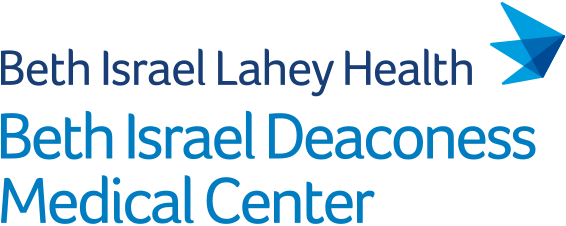BACKGROUND: A predictive model for early-stage classic Hodgkin's lymphoma (cHL) does not exist. Leveraging patient-level data from large clinical trials and registries, we developed and validated a model that we term the Early-Stage cHL International Prognostication Index (E-HIPI) to predict 2-year progression-free survival (PFS).
METHODS: We developed the model using the Transparent Reporting of a Multivariable Prediction Model for Individual Prognosis or Diagnosis (TRIPOD) guidelines in 3000 adults with newly diagnosed early-stage cHL from four international phase III clinical trials conducted from 1994 to 2011. External validation was performed in two cohorts, totaling 2360 treated patients from five international cHL registries (1996 to 2019). Two-year PFS was estimated using a Cox model with pretreatment variables selected using backward elimination. Internal validation corrected for overfitting. External validation assessed discrimination and calibration. The final model was also compared against European Organisation for Research and Treatment of Cancer (EORTC) favorable or unfavorable status.
RESULTS: The median age in the development cohort was 31.2 years; 77.4% had stage II disease. The estimated 2-year PFS was 93.7%. Final variables retained in the model were sex and continuous values of maximum tumor diameter (MTD), and levels of hemoglobin and albumin. The optimism-corrected C statistic in the development cohort was 0.63 (95% confidence interval, 0.60 to 0.69). Two-year PFS was lower in the validation cohorts 1 (90.3%) and 2 (91.6%). In validation cohort 1, the C statistic was 0.63 and the calibration slope was near 1, but overall calibration indicated underprediction, which improved on updating the intercept. The performance was similar in validation cohort 2. In addition, higher-risk E-HIPI scores were associated with worse outcomes in both the EORTC unfavorable and favorable subgroups. When included altogether in one Cox model, the E-HIPI was associated with PFS, whereas EORTC favorable or unfavorable status was not. Online risk calculators were developed (https://rtools.mayo.edu/holistic_ehipi/).
CONCLUSIONS: Utilizing objective, continuous, and readily available variables, we developed and validated a new prediction model for early-stage cHL. Male sex, lower hemoglobin or albumin levels, and higher MTDs were associated with worse PFS. (Funded by the National Cancer Institute; grant number, NCI R01 CA 262265-04.).

